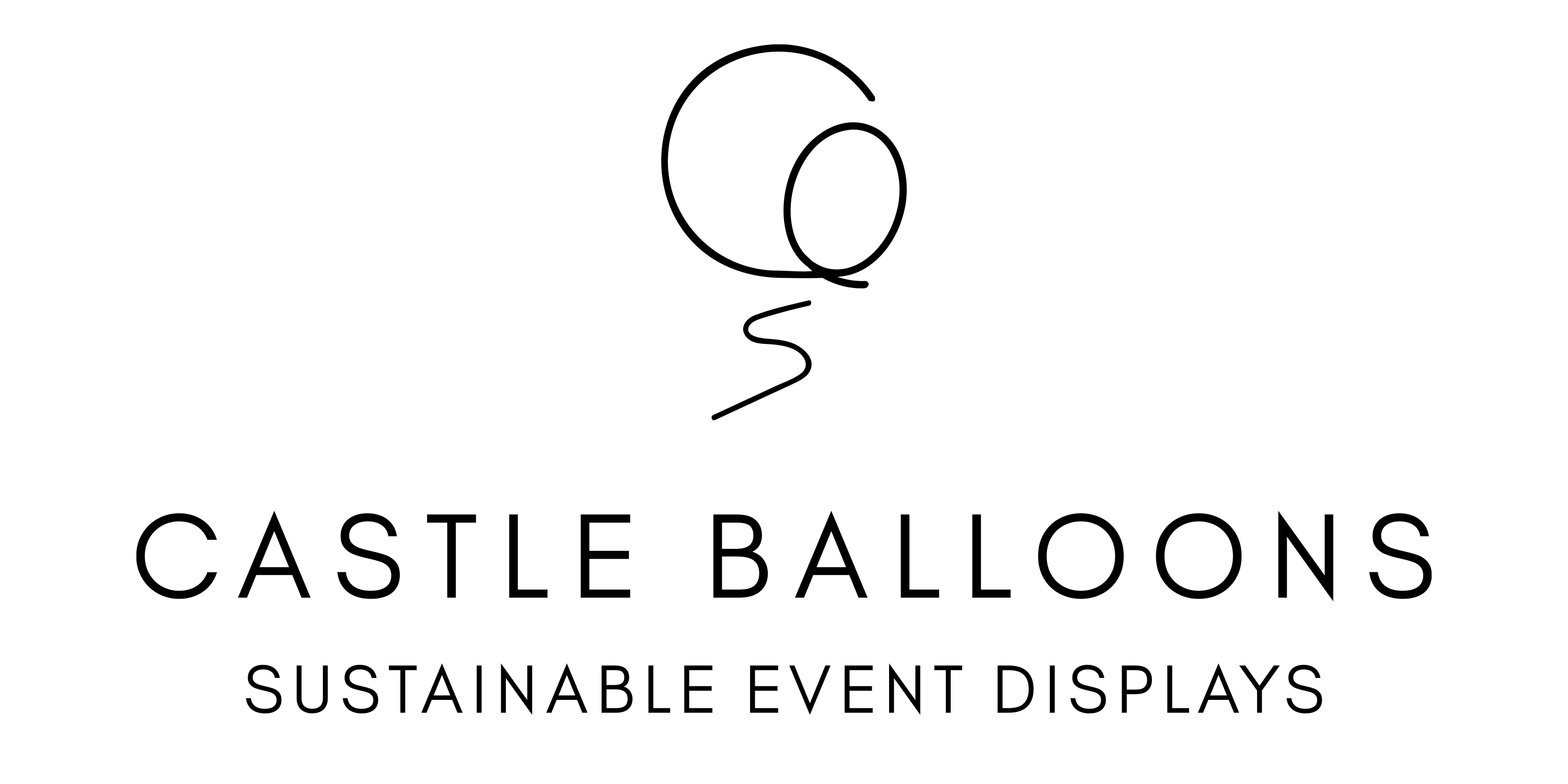Imagine hosting a grand corporate event in London where every detail must reflect sophistication and attention to detail. After the celebration, you find that the beautiful balloon displays left some unexpected guests—latex residue—sticking around. As businesses strive to keep spaces looking pristine, dealing with such residue becomes a common challenge. Latex residue, often left behind on walls, ceilings, or floors, can turn into an eyesore if not addressed quickly. This sticky aftermath isn't just about aesthetics; it's about maintaining a clean, fresh environment that speaks volumes about your business.
For those who regularly use balloons, understanding how to tackle latex residue is vital. While balloons bring joy and vibrancy to corporate events, the lingering residue can be a nuisance. With a bit of knowledge and the right precautions, businesses can swiftly handle any residue issues, ensuring their spaces remain as impressive as ever. Here, we delve into practical tips and simple tricks to help in managing latex residue effectively.
Identify Latex Residue
Latex residue might seem like a small concern, but identifying it early can save a lot of hassle. It usually appears as a thin, sticky film that clings to surfaces where balloons have been displayed. This residue is most commonly found on ceilings, walls, and sometimes flooring, especially if the balloons were in contact with these surfaces for an extended period.
The key to handling latex residue is spotting it early. Here's how:
- Look for shiny or sticky areas: After removing your balloon decorations, inspect for any shiny patches that feel slightly sticky to the touch.
- Focus on contact points: Pay attention to areas where balloons were attached or frequently touched.
- Check heavily decorated spots: Areas with dense balloon arrangements are more prone to residue buildup.
To prevent long-term adhesion, a proactive approach is best. As soon as the balloon displays are dismantled, do a quick surface check. This timely inspection not only stops residue from setting in permanently but also curtails the extra work of deeper cleaning later on.
With a keen eye and regular checks, businesses can maintain their environments impeccably, reflecting a commitment to both beauty and cleanliness.
Effective Cleaning Solutions
Once you've identified the latex residue, it's time to tackle it with effective cleaning solutions. Let's explore some simple yet powerful remedies to keep your surfaces clean and fresh.
First up is the classic combination of mild dish soap and water. Mix a few drops of soap into a bucket of warm water to create a gentle, yet effective cleaning solution. This is a great go-to option for most surfaces as it doesn't damage the material while efficiently breaking down the residue. Simply soak a cloth in the solution, wring it out, and gently scrub the affected areas, wiping away the residue.
Vinegar also comes to the rescue as a natural cleaning agent. Known for its acidic nature, vinegar works wonders on sticky film like latex residue. Dilute white vinegar in equal parts with water and apply it to the residue using a soft cloth. Allow it to sit for a few minutes to break down the stickiness before wiping it clean. It's a simple, eco-friendly solution that doesn't harm the environment, aligning with sustainable practices.
For those tough residues that resist household remedies, consider using commercial cleaning products. Ensure the products are surface-safe and environmentally friendly. Apply these solutions as directed, but always remember to test them on a small, inconspicuous area first. This ensures there's no adverse reaction to your surfaces before applying it more broadly.
Step-by-Step Cleaning Process
Cleaning latex residue doesn't have to be daunting. By following a few straightforward steps, you can ensure your surfaces are returned to their former glory.
1. Gather your supplies: Ensure you have mild dish soap, white vinegar, a soft cloth, a sponge, and a bowl or bucket of warm water.
2. Apply soap and water solution: Start with the mild dish soap and water mixture. Dampen your cloth or sponge and gently rub over the residue.
3. Use vinegar solution: For stubborn residue, swap to the vinegar solution. Dab the mixture on the residue and let it sit for at least 5 minutes to break down the adhesive properties.
4. Gently scrub: Using a clean damp cloth, lightly scrub the residue. Avoid using excessive force which could damage the surface.
5. Commercial products: If previous methods don't work, use surface-safe commercial cleaners. Adhere to the instructions and use a small amount to avoid over-saturating the area.
Regular maintenance can prevent build-up from becoming a bigger issue. Make these cleaning steps a regular part of your decor dismantling routine to ensure an always-polished appearance.
Preventing Latex Residue
Preventing latex residue starts with how you manage your balloon displays from the outset. Here are a few tips to keep your spaces clean moving forward:
- Balloon weights and clips: Use clips and weights to keep balloons in place, reducing direct contact with walls and ceilings.
- Limit surface contact: Avoid sticking balloons directly onto porous surfaces. Use tapes or ties that are designed for easy removal.
- Prompt disposal: Remove balloons soon after the event to minimise residue formation. Quick action prevents adherence and makes cleaning easier.
By being proactive and taking small preventative measures, you ensure a minimal presence of latex residue. Not only does this maintain an appealing look, but it also reduces future cleanup work, allowing you to focus on making your events as delightful as possible.
To maintain pristine event spaces while keeping sustainability in mind, consider adopting practices that align with eco-friendly initiatives in London. Explore how Castle Balloons can support your events with stunning, sustainable displays by incorporating thoughtful choices such as London sustainable balloons. This approach not only minimizes cleanup but also contributes positively to the environment, offering both beauty and practicality for your corporate events.
